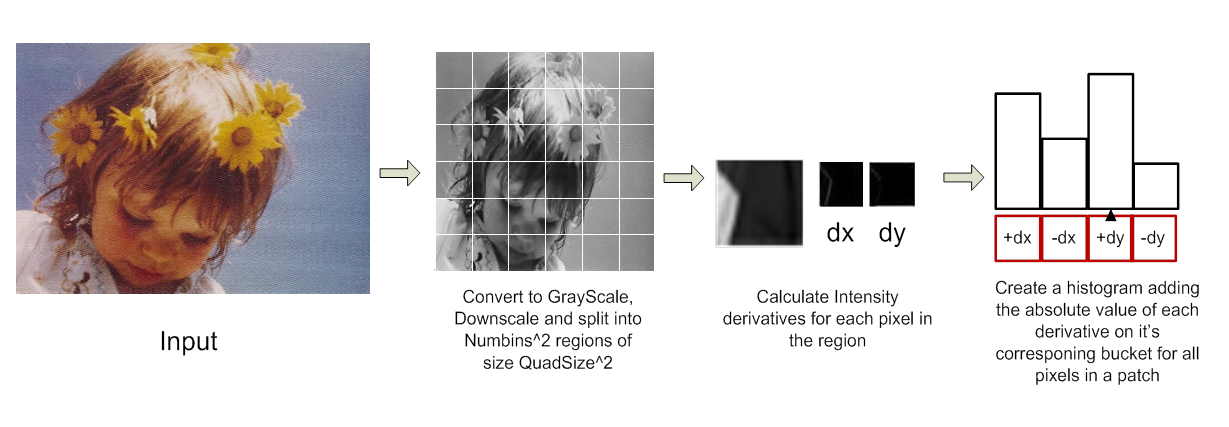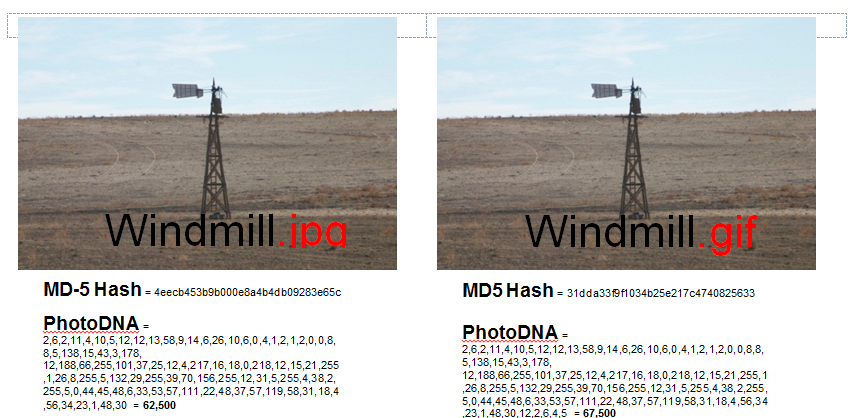The internet is a proportionate representation of humanity, there are things of great beauty, there are trivial things, things that are informative and people who express their creativity in all manner of ways, but there are also the ugly parts of humanity; the parts we would prefer didn’t exist. Child abuse remains one of the ugliest, and the proliferation of indecent images of children (IIOC), is just one aspect of a complex issue.
The Child Exploitation & Online Protection Centre (CEOP) describes online child sexual exploitation, transnational child sexual abuse and contact child sexual abuse as key threats facing children, much of which is facilitated by criminals using the internet. Like the internet itself, IIOC’s are spreading and although new images are being created many are the same, repeating the cycle of abuse for the victims over and over.
So how can we help combat it? One of the best ways to help tackle proliferation is to be able to find, report and eliminate the online redistribution of child abuse images by creating unique signatures (also known as a “hash”) of known illegal images and then working with online service providers to stop copies of those horrific images from being shared online.
One of the first ways that technology companies and law enforcement tried for creating these signatures was through common hashing techniques known as MD5 and SHA-1. Unfortunately, those technologies require *everything* about an image – the file type, the image size, the colour tones, everything – to be exactly the same between the original image and the copies you are trying to identify. Given how often digital images are resized, cropped, retouched, saved in different file formats or otherwise altered when shared online, it meant that matches were extremely rare to find with these technologies – even when, to the viewer’s eye, two images would be clearly the same..
 |
| To the viewers eye, two images would look clearly the same
November 18, 2013 |
At Microsoft, we have been actively working with law enforcement, child advocates and technology leaders around the world since 2003, looking for ways to help fight child abuse on the internet. To try and address the challenge of the ever increasing scale of this imagery, we partnered with the National Center for Missing and Exploited Children (NCMEC) and Dartmouth College to create our PhotoDNA technology in 2009.
How does PhotoDNA work?
PhotoDNA
creates image signatures as described above, but is also designed to be able to deal with common variations in image files while still being able produce a reliable match. It is not a product, it is a technology that we make freely available to enable organisations to interdict child abuse images and support investigators and law enforcement officers around the world working to stop child exploitation.
 |
| PhotoDNA creates image signatures
November 18, 2013 |
The way it works is actually deceptively simple; firstly the technology will convert the image into a common black-and-white format and size the image to a uniform size, then divide the image into squares and assign a numerical value that represents the unique shading found within each square. Together, those numerical values represent the “PhotoDNA signature” of an image, which can then be compared against signatures of other images. While the technology cannot be used to identify a person or object in an image, nor can it be used to recreate an image, it can be used to find copies of a given image with incredible accuracy and at scale across the millions of images shared online every day.
 |
| The PhotoDNA signature can be compared with other image signatures
November 18, 2013 |
Who is using
PhotoDNA
?
In December 2009, Microsoft donated PhotoDNA to NCMEC for the purpose of helping online service providers fight child exploitation. Microsoft uses PhotoDNA on Bing, Outlook.com and SkyDrive to help stop these images from being redistributed online. Any image signature match we find is reported to NCMEC, who then reports it to appropriate law enforcement agencies around the world for action. In the UK, this information goes to CEOP. Many other technology companies have also announced that they are already actively using or plan to use PhotoDNA as well, including Facebook, Google, Twitter and more.
In addition to providing PhotoDNA for free for NGOs and online service providers, Microsoft also makes PhotoDNA available at no charge to law enforcement to support child exploitation investigations. In 2012, we began also partnering with others to provide PhotoDNA either directly or integrated into tools that law enforcement commonly use for their child abuse investigations, such as Netclean Analyze, the investigatory tool that Swedish child protection tools provider NetClean makes freely available to law enforcement around the world.
Because of the sheer volume of images that law enforcement commonly deal with in child exploitation cases, all too often agencies simply are unable to investigate every image they come across. Luckily, the International Centre for Missing and Exploited Children has recently kicked off a program with various law enforcement agencies known as “Project Vic”, taking what they call a “Victims First; No Child Left Behind” approach to combat child exploitation. Project Vic uses hashing technology, including Microsoft PhotoDNA, to help law enforcement sift through the massive number of images in their child sexual exploitation investigations in order to identify new, previously uninvestigated images that could help law enforcement more quickly identify and rescue victims of abuse.
PhotoDNA means investigators can now focus their efforts on finding those who create new images, identifying victims and safeguarding those at risk, as well as being able to help the child protection and technology community tackle the scale of proliferation of these images online, stopping the cycle of abuse for victims. While of course PhotoDNA is but one tool in the broader fight against child sexual exploitation, we are glad to be able to support this important effort and are inspired by the opportunity for continued technology innovation and cross-sector cooperation to make a difference for victims of abuse.





